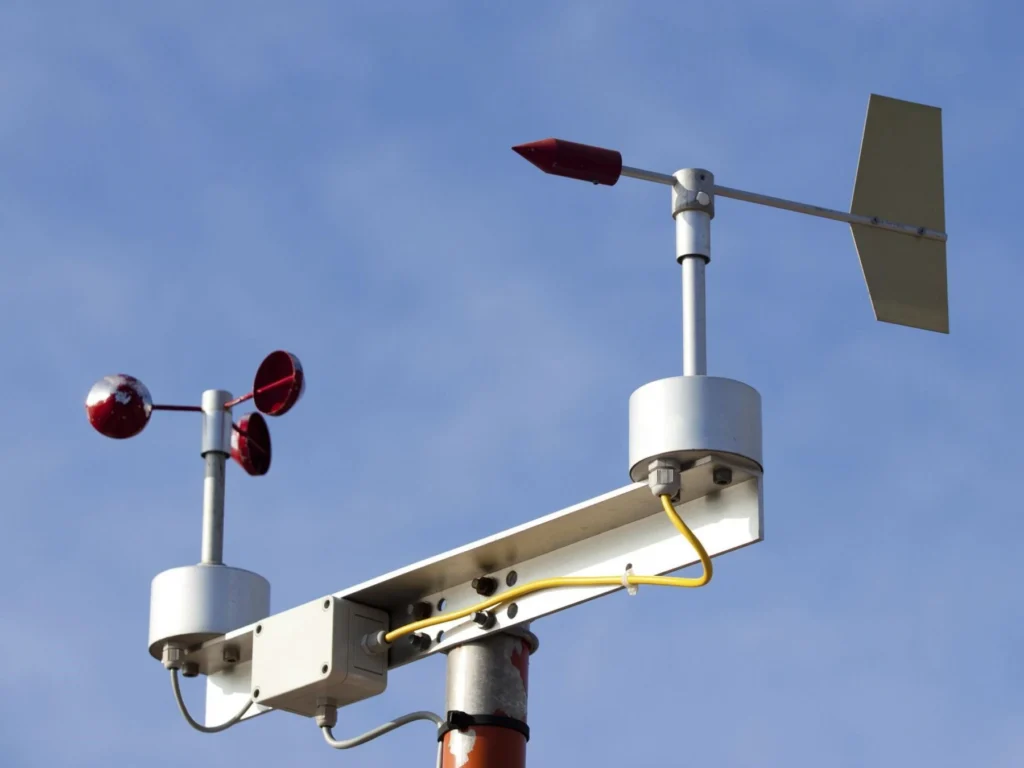Wind Speed Measurement Instrument: An Essential Tool for Accurate Weather Monitoring

# Wind Speed Measurement Instrument: An Essential Tool for Accurate Weather Monitoring
Accurate weather monitoring is crucial for a variety of applications, from aviation and agriculture to renewable energy and disaster preparedness. One of the key parameters in weather monitoring is wind speed, and the instrument used to measure it plays a vital role in ensuring precise data collection.
## What is a Wind Speed Measurement Instrument?
A wind speed measurement instrument, commonly known as an anemometer, is a device designed to measure the speed of wind. These instruments are essential for meteorologists, environmental scientists, and engineers who need to understand wind patterns and their effects on various systems.
### Types of Anemometers
There are several types of anemometers, each with its own method of measuring wind speed:
– Cup Anemometers: These consist of three or four cups mounted on horizontal arms, which rotate as the wind blows. The rotation speed is proportional to the wind speed.
– Vane Anemometers: These devices have a propeller or a set of blades that rotate in response to wind. The rotation speed is measured to determine wind speed.
– Hot-Wire Anemometers: These use a heated wire that cools down as wind passes over it. The rate of cooling is used to calculate wind speed.
– Ultrasonic Anemometers: These measure wind speed by sending ultrasonic pulses between pairs of transducers. The time it takes for the pulses to travel is used to determine wind speed.
## Importance of Accurate Wind Speed Measurement
Accurate wind speed measurement is critical for several reasons:
– Weather Forecasting: Meteorologists rely on precise wind speed data to predict weather patterns and issue warnings for severe weather events.
– Aviation: Pilots need accurate wind speed information to ensure safe takeoffs, landings, and in-flight navigation.
– Renewable Energy: Wind turbines require precise wind speed data to optimize energy production and ensure the safety of the equipment.
– Agriculture: Farmers use wind speed data to manage irrigation systems, protect crops from wind damage, and plan harvesting activities.
## Choosing the Right Wind Speed Measurement Instrument
When selecting a wind speed measurement instrument, consider the following factors:
– Accuracy: Ensure the instrument provides precise and reliable measurements.
– Durability: Choose a device that can withstand harsh weather conditions.
– Ease of Use: Opt for an instrument that is easy to install, operate, and maintain.
– Data Logging: Consider instruments that offer data logging capabilities for continuous monitoring and analysis.
## Conclusion
Wind speed measurement instruments are indispensable tools for accurate weather monitoring. Whether you are a meteorologist, pilot, farmer, or renewable energy professional, having the right anemometer can make a significant difference in your work. By understanding the different types of anemometers and their applications, you can choose the best instrument to meet your needs and ensure precise wind speed measurements.
Keyword: instrument to measure wind speed
